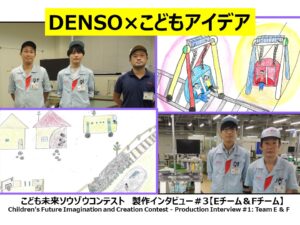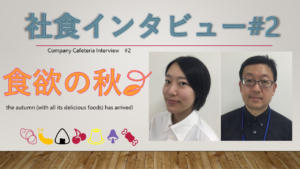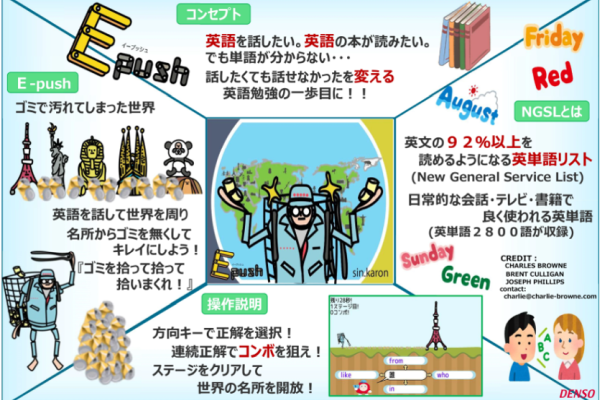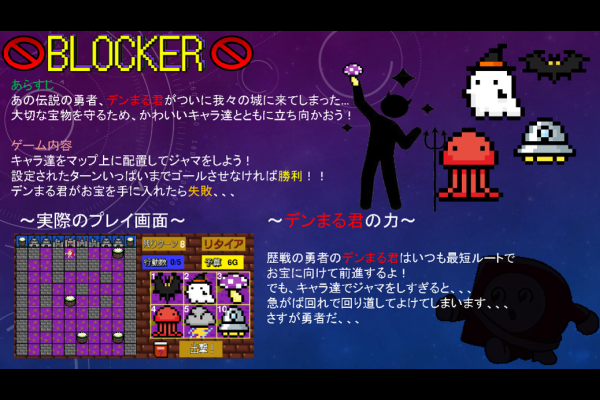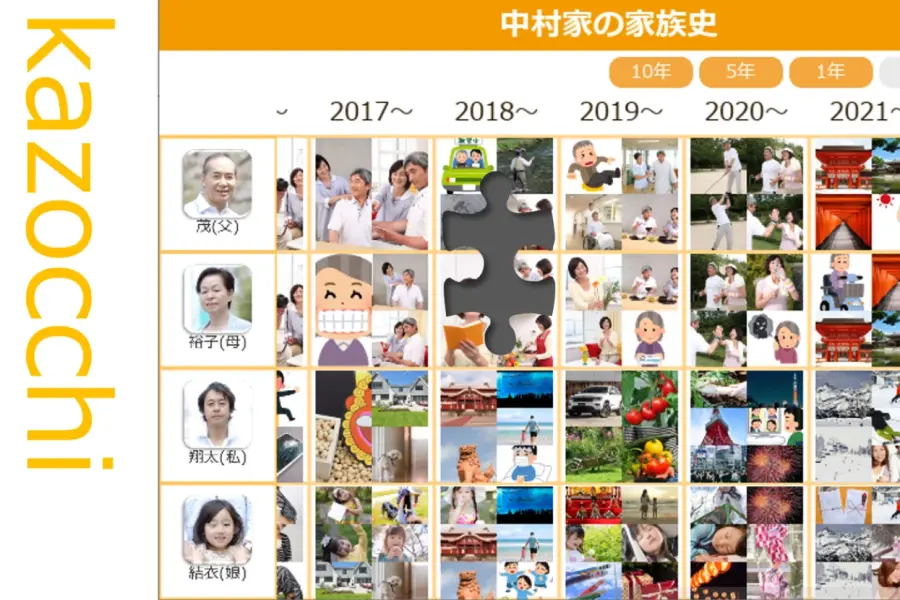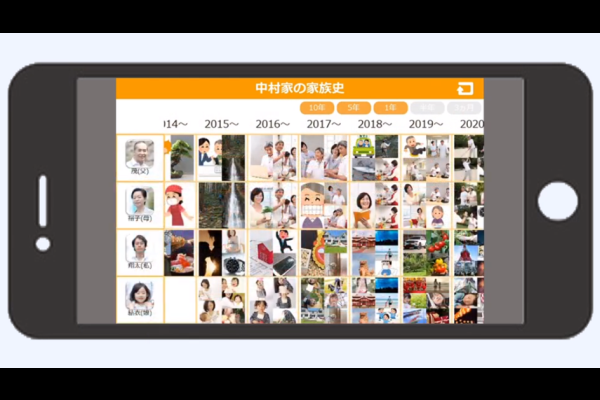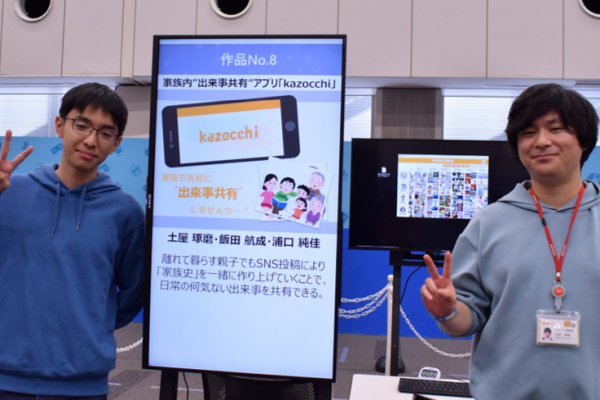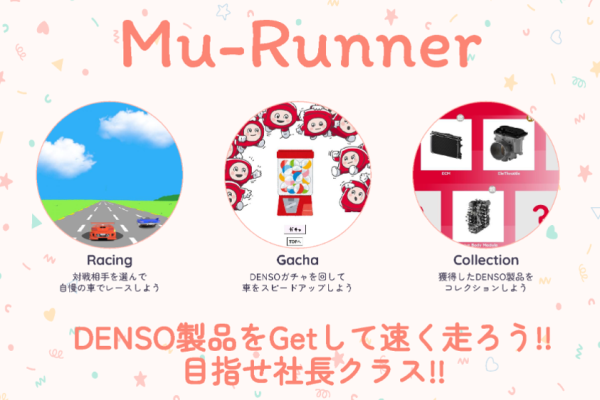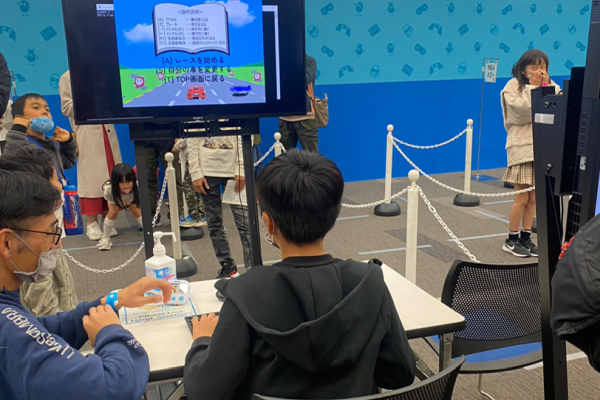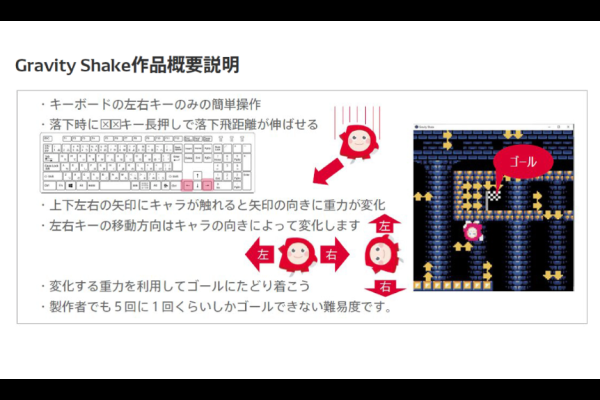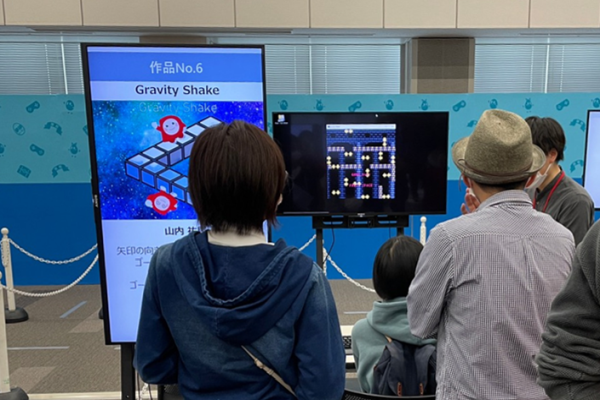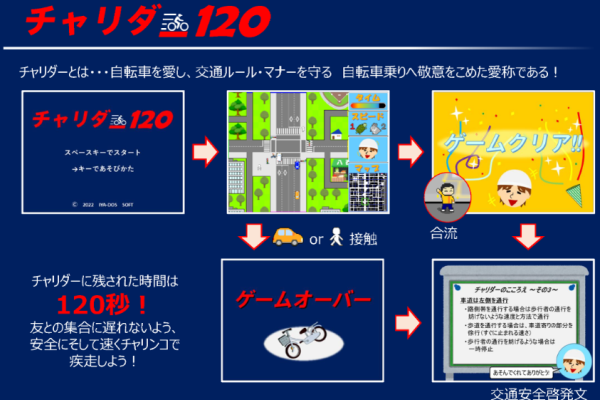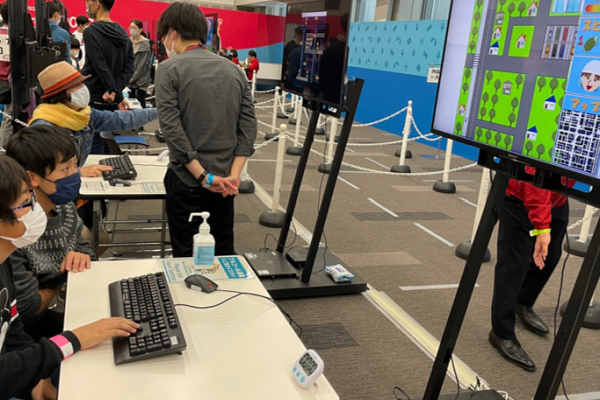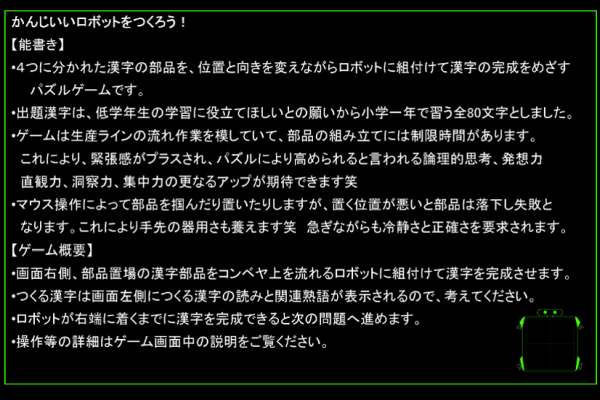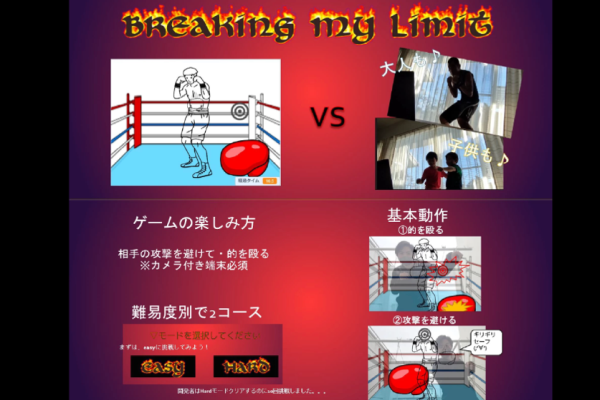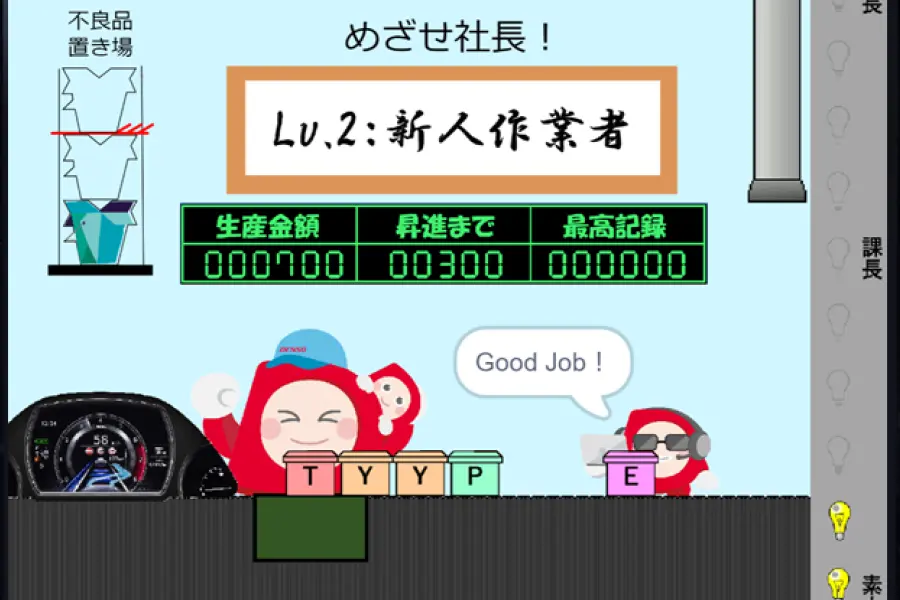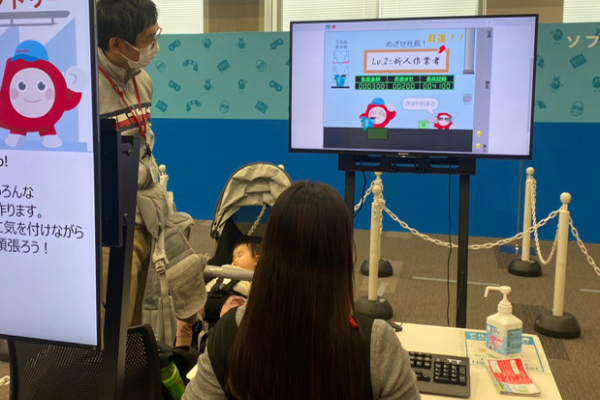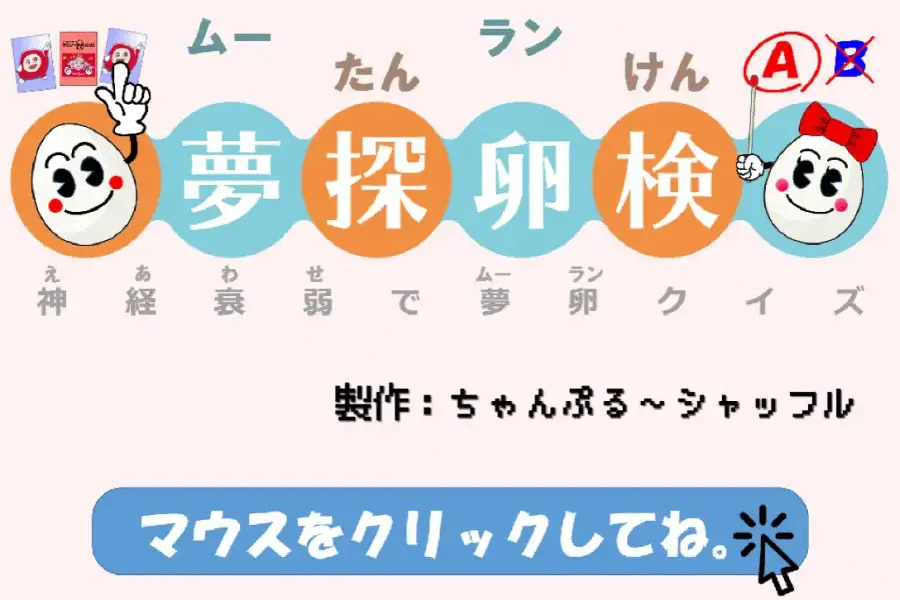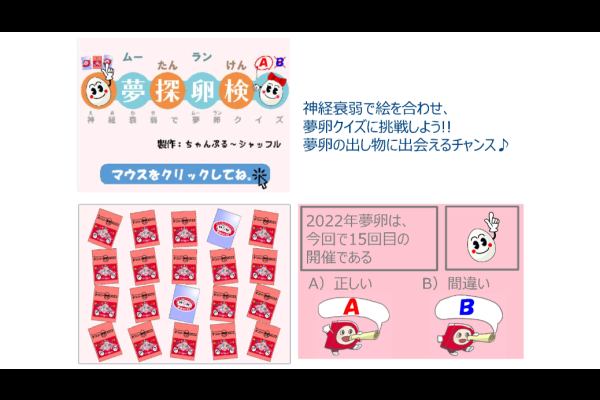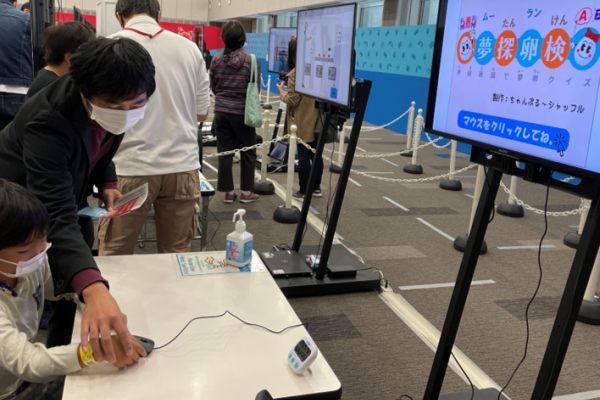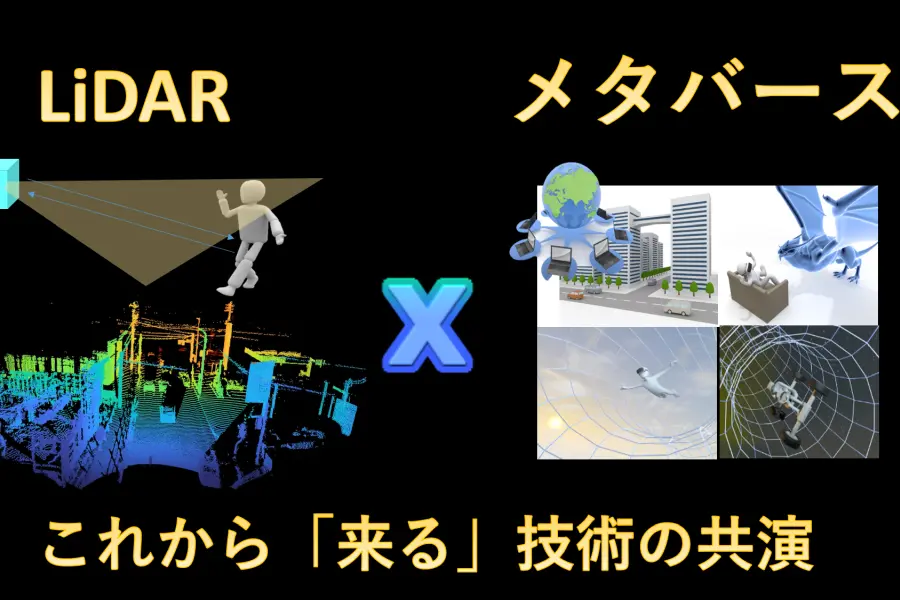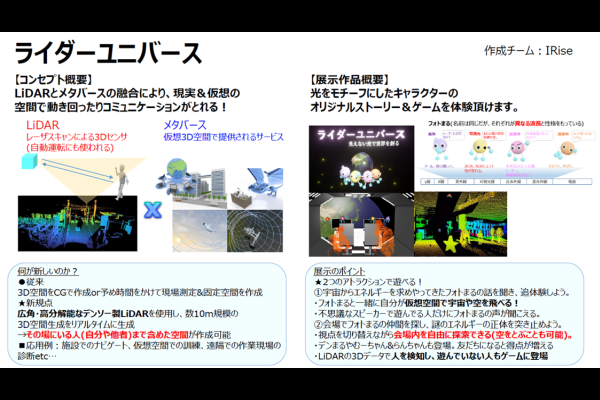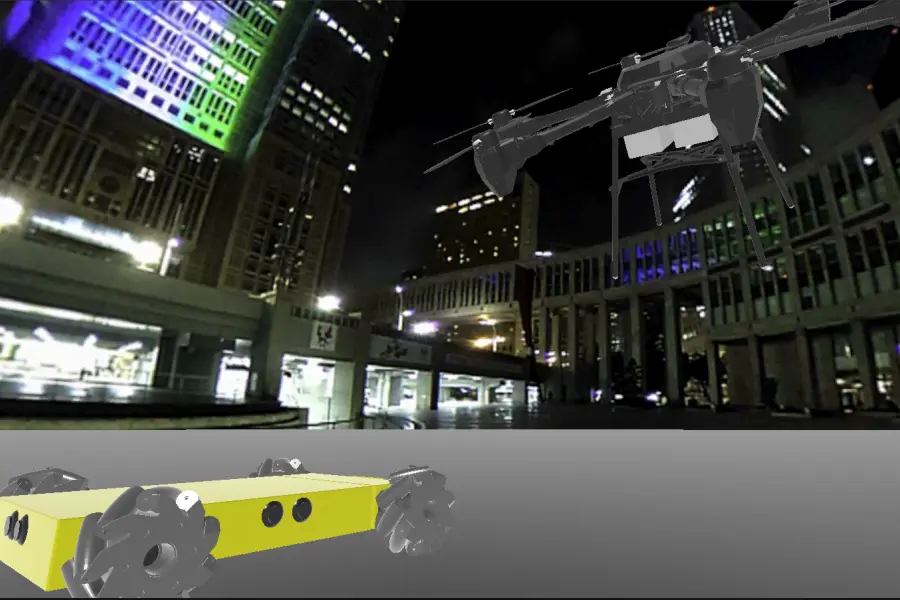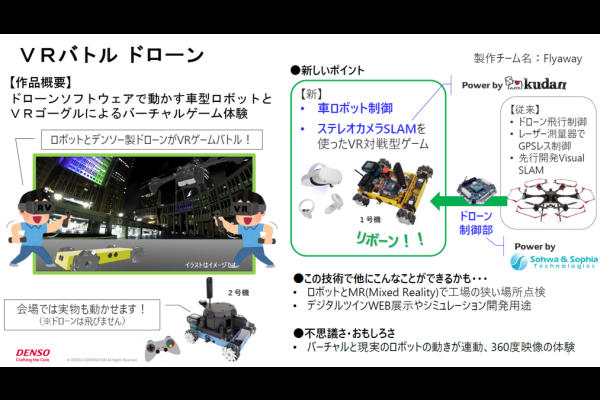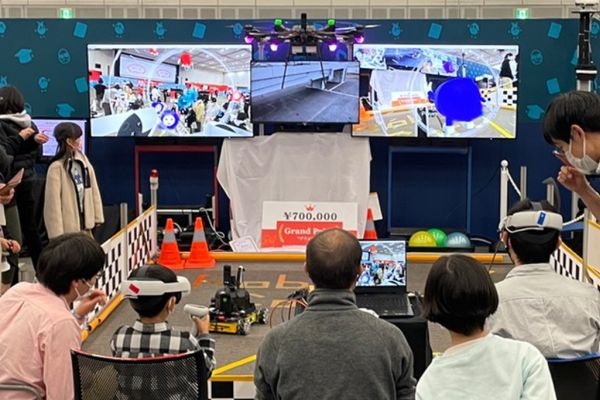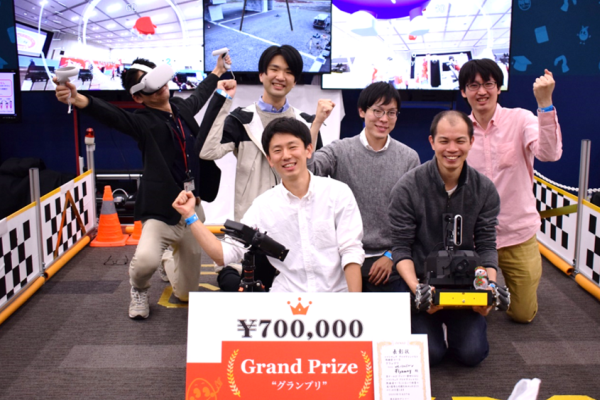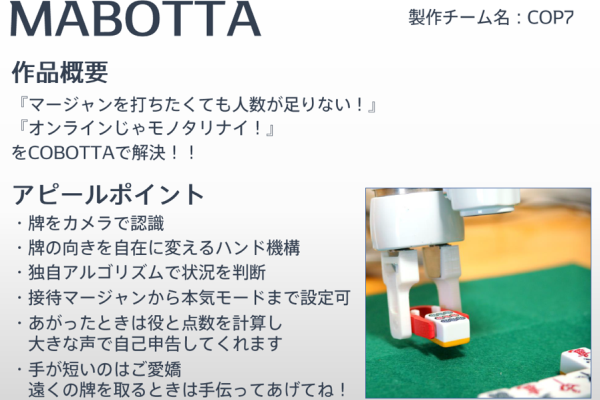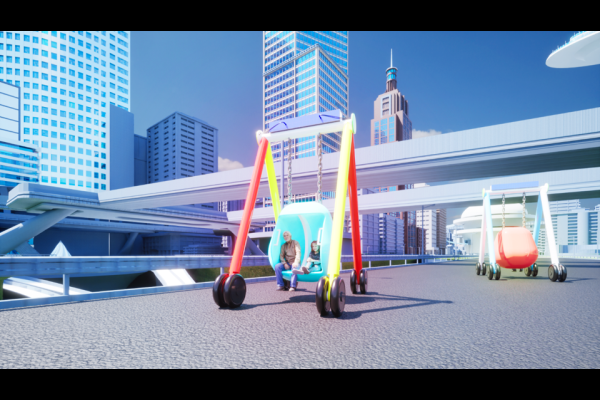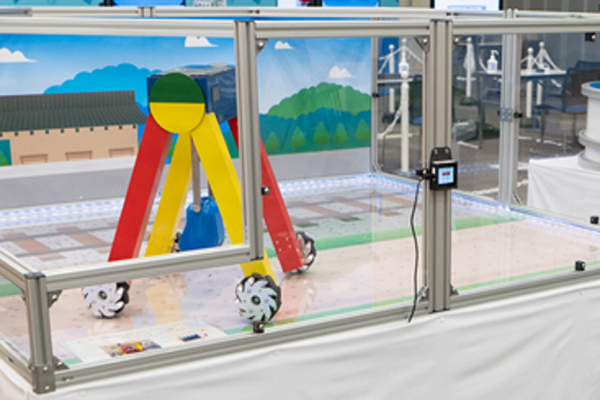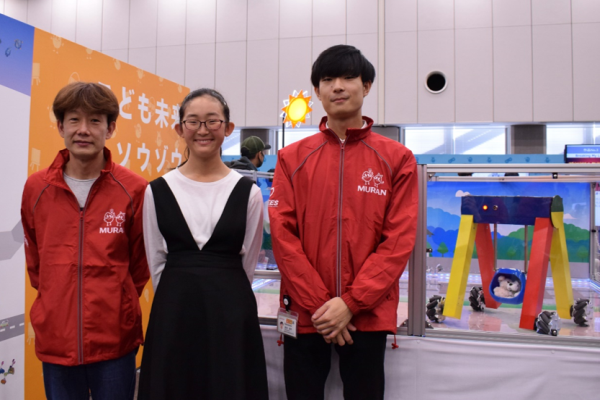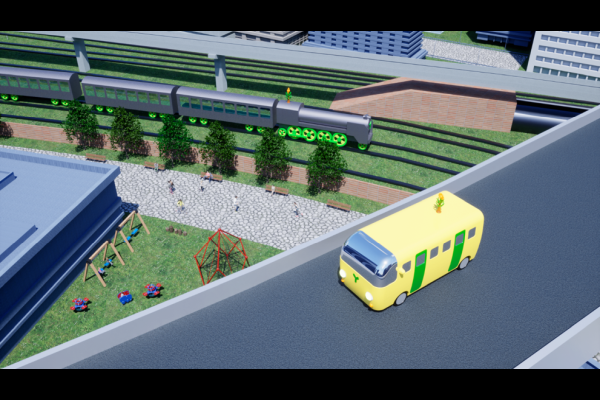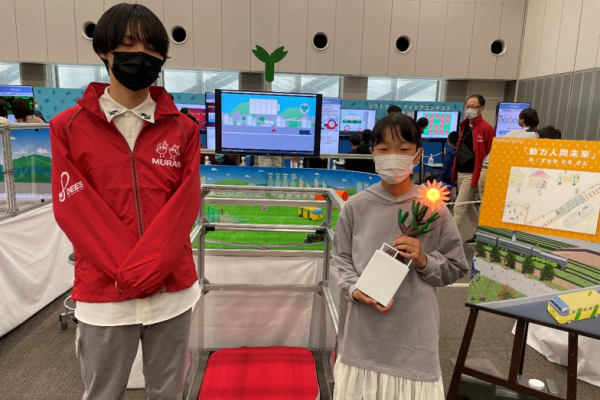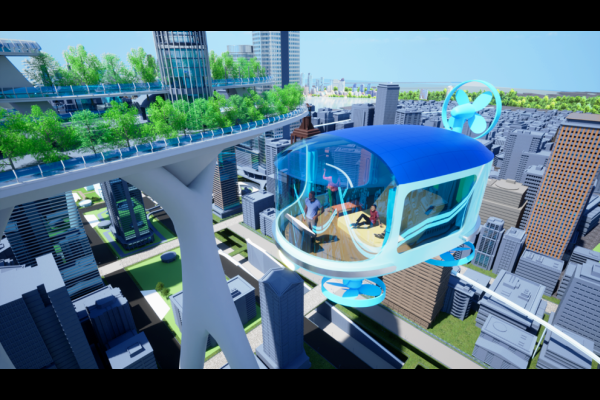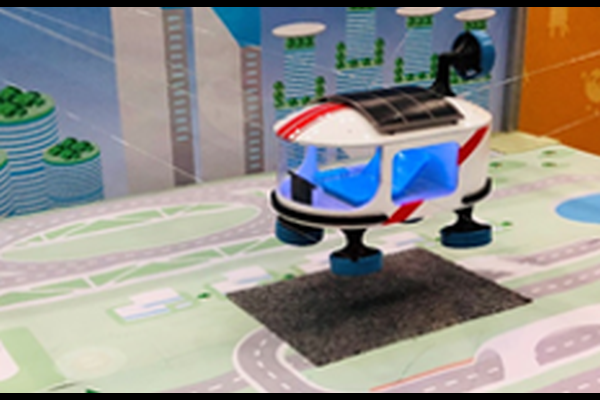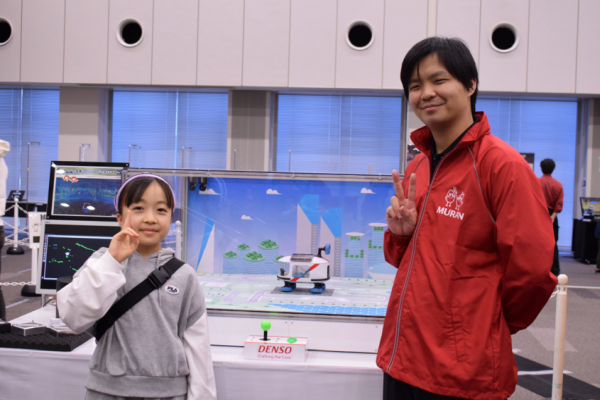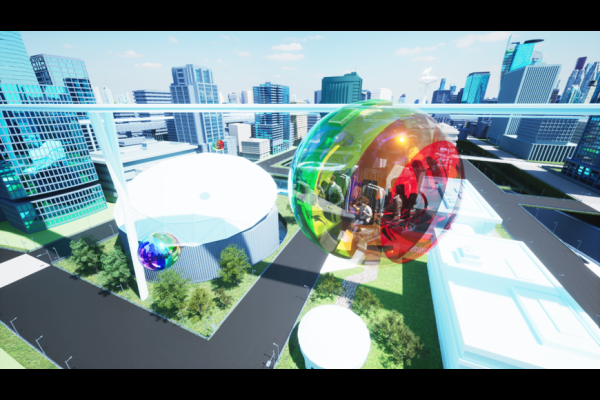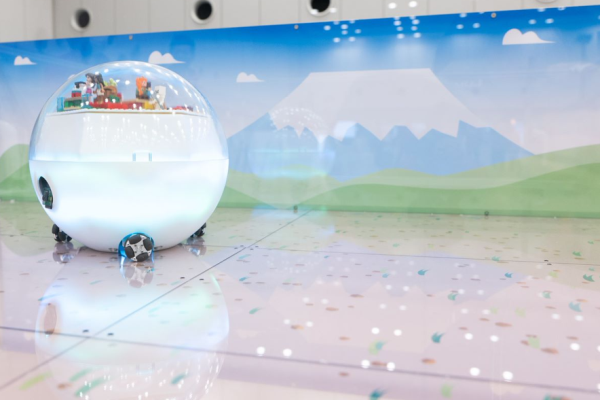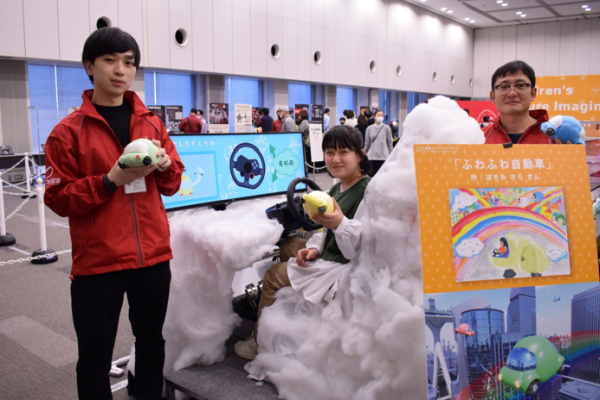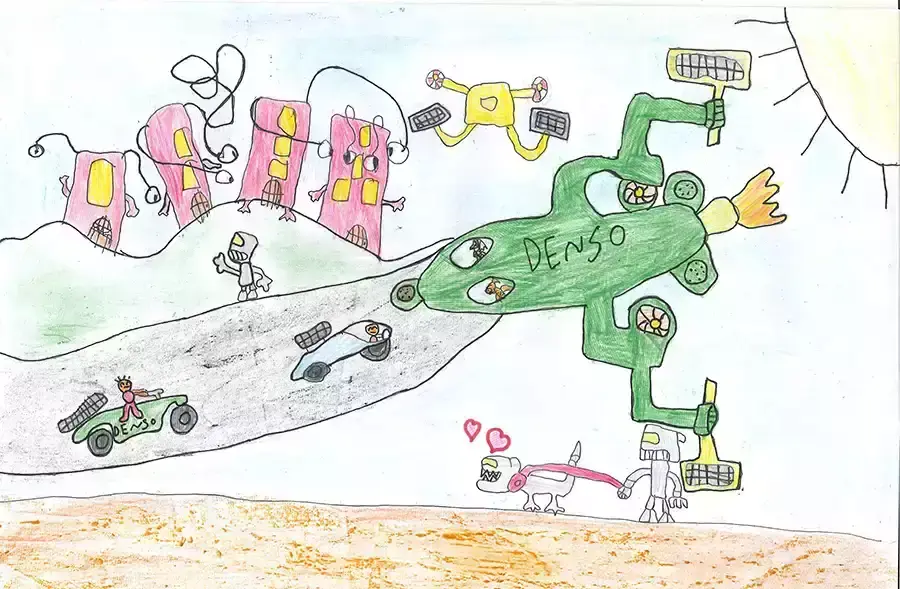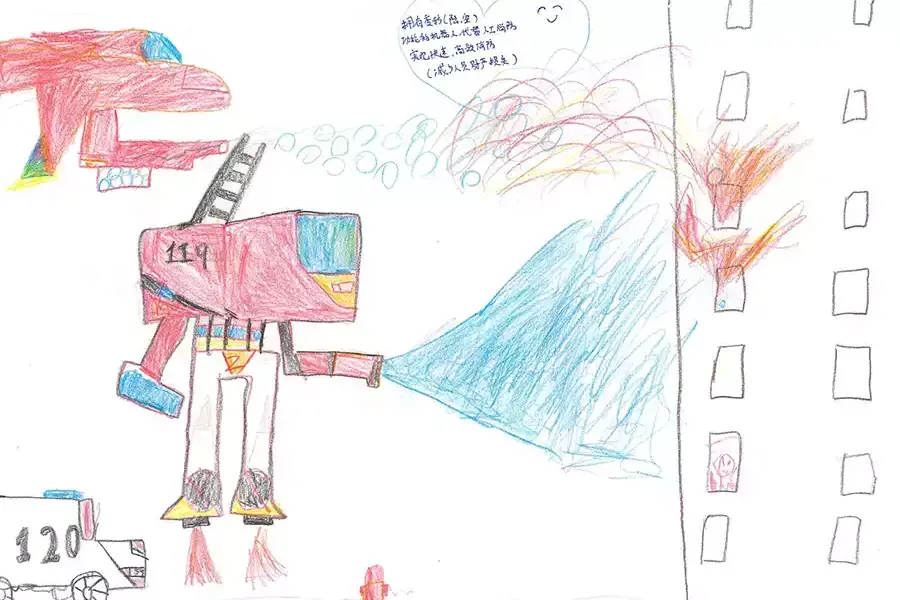Direct interview about the company cafeteria #1 (Before Eating)
Hello, everyone! I’m Sayurin from MURAN 2022 Web promotion team.
The chirping of cicadas has turned into bell bugs, and the autumn (with all its delicious foods) has arrived!
This time, I had a special opportunity to interview the company cafeteria at DENSO headquarters.
What “seeds of ideas” are hidden there? I’m looking forward to it!
This article is about “Before Eating”. I will introduce the secrets and ingenuity of the company cafeteria before “Itadakimasu” (Thank you for the meal).
I spoke with Aritaka Kimura of AIM SERVICES CO.,LTD.

Keeping food hot and cold
Q: Why is the food always served warm in the company cafeteria?
A: Basically, we place importance on serving them freshly prepared. Instead of cooking one menu item at a time,
it can be divided into several portions to create a time difference. Quantities are planned in advance, but there may
be more guests than planned on the day and the food may sell well. At that time, we cook additional food while
anticipating the pace of customer visits and keeping an eye on the situation.
Q: Do you also utilize heat insulators in the company cafeteria?
A: The ratio of temperatures (hot and cold) of dishes is set seasonally to allow for temperature control.
In order to maintain the proper temperature until serving, we use warming and refrigeration equipment.
The equipment is a pass-through type, with one door on the front side and one on the back, so that dishes
put in from the kitchen side can be taken out from the serving side at the pace of sales. Side dish, vegetables
for garnish, foods and sauces are kept at a constant temperature.

⇒My impressions
I learned that the secret of being able to serve dishes warm is based on the commitment to serving them freshly
prepared and on the idea that serving them warm is a prerequisite.
Since DENSO has a shift time system where lunch time is staggered by 15 minutes for each department, and furthermore,
the company cafeteria I interviewed serves four meals (breakfast, lunch, dinner, and night shift meal), it must be impossible
to serve the food in a delicious condition without a very good time adjustment. So we asked a little more about how they adjust the time.
Time Schedule for Cooking
Q: When do you start cooking?
A: The food is prepared in reverse order of consumption within 2 hours at room temperature and within 4 hours when stored
warm or refrigerated. We consider the balance between compliance with hygiene rules and serving freshly prepared food.
Q: Is the work divided by process? Or does one person have a specific dish that he/she is in charge of, and is responsible for
the entire cooking process (from peeling the vegetables to boiling them)?
A: The work is completely divided by process. The work is mainly divided into preparation, frying, baking, and simmering.
Q: Will the taste of the food be checked by your employees? Is there a case that it cannot be sold (rejected) there?
A: At least two people, including the person in charge, the head cook, and the part-timer who serves the food, check the food by tasting it.
Although we take the utmost care in cooking, there are times when we have to make a change as a result of the taste test. Kakiage (vegetable
tempura) is also handmade, but we take care not to dispose of poorly prepared kakiage by using it as a meal for cafeteria employees.
⇒My impressions
In addition to serving delicious food, there are also sanitation rules and other restrictions, and it is evident that the cooking
process is meticulously managed, with cooking starting backward from the serving time. In addition, we found that the cooking
process is highly specialized and efficient, with a full-time cooking system.
We would like to hear more about their menu!
Secrets of Menu Development
Q: Does the company cafeteria ever change the menu to unplanned items due to fluctuating food prices or a shortage of items?
A: A shopping list managed by the entire company is maintained, from which we pick up items for our menus. Traceability is also
managed, and a system is in place to immediately identify delivery dates and quantities if there are problems with ingredients.
Q: Is there a system in place that allows you to suggest menu recommendations based on the ingredients you purchase?
A: We create menus of multiple genres at the head office and deploy them at our business sites nationwide. We create menu plans
by combining the head office’s recommended menus with original menus unique to each business location.
Q: Do you have a yearly menu planning policy? For example, I know you have an eel menu in July and August and a Christmas menu
in December.
A: For seasonal products such as eel, we coordinate order quantities nationwide in advance to enhance advantages of scale. We hold
company-wide nutrition education events every month and plan menus in conjunction with each company cafeteria’s fair.
⇒My impressions We found that there are many ways to improve efficiency and save labor in menu preparation that only a large company
with offices throughout Japan can do.
Through the efforts at the company cafeteria, we were able to learn about everything from the mechanisms for providing warm meals
to the secrets of menu development. I learned that the cafeteria is filled with many ingenious ideas for providing delicious food.
Next time, we will continue with the “After Eating” section.

This article was posted by Sayurin.

